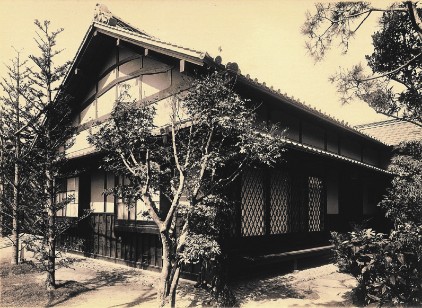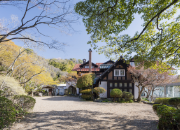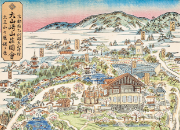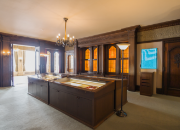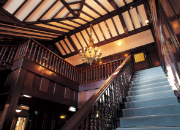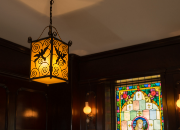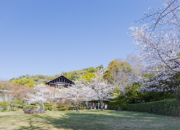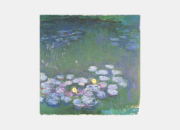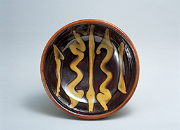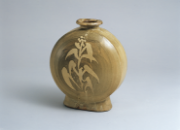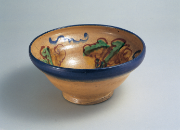Tamesaburo Yamamoto Collection
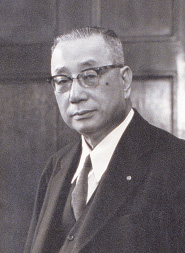
Tamesaburo Yamamoto
The Tamesaburo Yamamoto Collection was donated on the occasion of the Museum's opening and forms the core of the Asahi Group Oyamazaki Villa Museum of Art's collection.
Tamesaburo Yamamoto (1893-1966), the first president of Asahi Breweries, was born in the Semba area of Osaka and at seventeen years old became the head of the father business Yamatame Glass, which his father had established. Always listening to the advice of his predecessors when confronting a wide range of problems, Yamamoto strove to maintain and expand his business. He later resolved to enter the beer business, which eventually became his life's work. Although he constantly worked to widen his business interests, he was also passionate about supporting the arts and cultural activities. He was particularly enthusiastic about the Mingei Movement initiated by Soetsu Yanagi. In 1925, Yanagi, Kanjiro Kawai, and Shoji Hamada coined the word Mingei as the name for the movement (an abbreviation of "Minshuteki kogei," or folk crafts). They advocated the reclamation of handwork and an aesthetics of everyday life against the backdrop of the rapid modernization of Japan.
As a native of Osaka, Yamamoto dreamed of establishing an internationally renowned hotel for the future of the city, and poured his energy into establishing the Osaka Royal Hotel (today the RIHGA Royal Hotel Osaka) as a redevelopment of the New Osaka Hotel, which was at that time requisitioned by the US occupation forces in the aftermath of World War Two. In 1965, he opened Leach Bar as the main bar in the hotel. He consulted Shoji Hamada and Bernard Leach regarding the bar's core concept, and even today it is beloved by hotel clients for its "functional beauty."
The wide range of work in the collection, centering on ceramics by Kanjiro Kawai, Shoji Hamada, Bernard Leach, and Kenkichi Tomimoto, and old crafts from the East and the West collected by Soetsu Yanagi, are proof of the intimate relationships Yamamoto established with those he considered distinguished craftsmen, as well as a monument to his support for the Mingei Movement.

Mikuni-so
In 1928, with support from patrons like Tamesaburo Yamamoto, Soetsu Yanagi presented the Mingei-kan (Mingei House) as part of the Exhibition for the Promotion of Domestic Products in Commemoration of the Enthronement of the Emperor, realizing the principles of the Mingei Movement for the first time and presenting the beauty that was rooted in everyday life. After the festival, as Yamamoto was reluctant to see the Mingei-kan dismantled and lost forever, he bought the building with his own money, in addition to the furniture, and relocated them to his home in Osaka. The Mingei-kan was reconstructed on Yamamoto's premises in the Mikuni area of Osaka, and as such was renamed Mikuni-so (Mikuni Manor) after the district. Along with work collected by Yanagi from various places, Mikuni-so housed ceramics by Bernard Leach and Kenkichi Tomimoto, who shared the spirit of Mingei, as well as furniture by Tatsuaki Kuroda from Kamigamo Mingei Kyodan (Kamigamo Folk Craft Cooperative), which emerged under the influence of Yanagi, all enriching lifestyle that aspired for new forms. In this way, Mikuni-so became an important hub for the early Mingei Movement.
